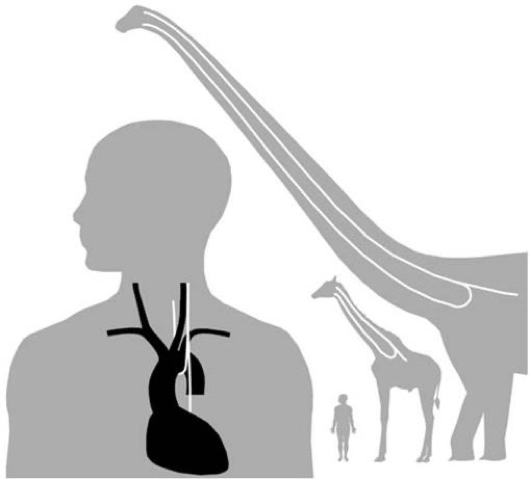Happy to start off this month of Admin Resident with a requested POTD, the SQuID trial (Subcutaneous Insulin in Diabetic Ketoacidosis).
Diabetic Ketoacidosis (DKA) management traditionally involves intensive treatments like fluid resuscitation, electrolyte replacement, and intravenous insulin infusions. This approach often necessitates ICU admissions, especially for mild to moderate DKA cases, due to hospital policies. However, the strain on ICU resources and the extended ED stays prompt the need for alternative treatments. A promising solution emerges with the use of Subcutaneous (SQ) insulin in mild to moderate DKA, potentially reducing ICU admissions and ED overcrowding.
Clinical Question:
Does the SQ insulin protocol reduce ED length of stay in adult patients with mild to moderate DKA compared to traditional IV infusion?
Methodology:
• Approach: Implementation of the SQuID (Subcutaneous Insulin in Diabetic Ketoacidosis) protocol in an urban academic ED.
• Study Design: Prospectively derived, quasi-experimental (pre-post) study, with retrospective data analysis.
• Participants: Adult ED patients with mild to moderate DKA.
• Exclusions: Severe DKA (HCO3 <10mmol/L, Arterial pH < 7.0), pregnancy, serious infections, and other critical conditions.
Outcomes Measured:
• Fidelity: Frequency of required glucose checks every 2 hours.
• Safety: Proportion of patients needing rescue dextrose for hypoglycemia.
• Operational Impact: ED Length of Stay (LOS) and ICU Admission Rate.
Results:
• ED LOS Reduction: The SQuID protocol showed a reduction in ED LOS compared to the traditional method.
• ICU Admissions: Slight decrease, though not statistically significant.
• Safety: Comparable between SQuID and traditional protocols.
Utility in the Emergency Department
The SQuID protocol's primary advantage in the ED is its potential to significantly reduce patient LOS. This efficiency can alleviate the overcrowding issues, allowing the ED to manage other emergent conditions more effectively. However, successful implementation requires careful planning and education, as it alters the conventional treatment approach for DKA.
Pitfalls to Consider
While promising, the SQuID protocol has several pitfalls:
1. Increased Monitoring Requirement: The protocol demands more frequent glucose monitoring, which could strain ED resources.
2. Misclassification Risk: Incorrect assessment of DKA severity could lead to inappropriate protocol application.
3. Education and Training Needs: Extensive education for ED staff, hospitalists, and nurses is necessary for effective and safe implementation.
4. Safety Concerns: The increased incidence of hypoglycemia events, compared to historical controls, necessitates vigilant monitoring.
Strengths and Limitations:
• Strengths: Addresses a critical clinical question with a clearly defined protocol.
• Limitations: Includes potential for increased glucose monitoring frequency, subjective decision-making affecting LOS and ICU admissions, and limited generalizability due to the single-center setup.
Discussion: Implications and Considerations
The SQuID protocol demonstrates a potential shift in DKA management. It not only reduced ED LOS but also showed equivalent safety compared to the traditional insulin infusion pathway. However, several challenges like the need for extensive hospital-wide education, potential misclassification of DKA severity, and concerns about hypoglycemia management necessitate cautious implementation.
Clinical Take Home Point
The SQuID protocol offers a promising alternative for managing mild to moderate DKA, potentially reducing ED LOS and ICU admissions. However, considerations regarding hospital-wide education, monitoring frequency, and safety concerns mean that it's not yet ready for widespread adoption.
References
• Griffey RT et al. "The SQuID Protocol (Subcutaneous Insulin in Diabetic Ketoacidosis): Impacts on ED Operational Metrics." Acad Emerg Med 2023. PMID: 36775281


